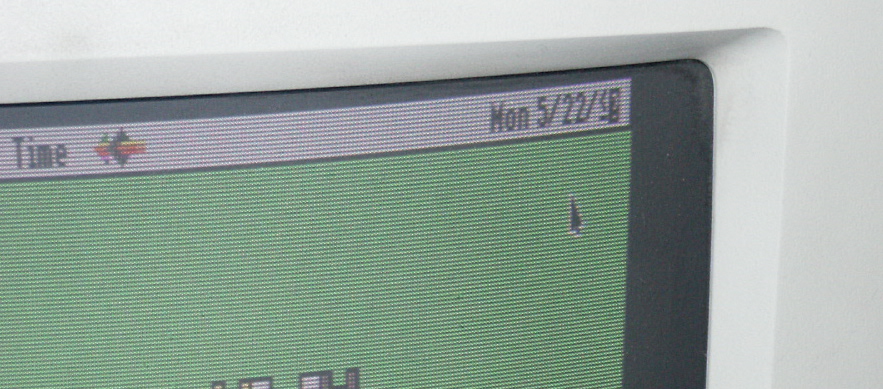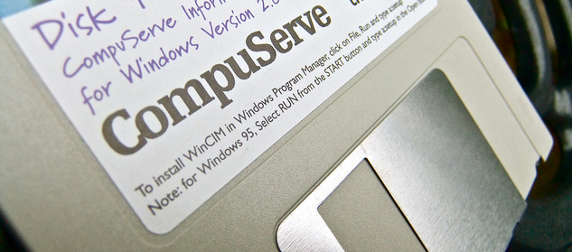In a summer that has already taken us back to the ruins of “Jurassic Park” and rebooted “The Terminator,” yet another ‘90s thrill ride has returned to our screens. Call it Y2K Revisited: The Internet Swallows Itself.
Like the first Y2K story, this one will have a happy ending. The programming disaster that was supposed to make many of the world's computers stop working as the clock struck midnight on Dec. 31, 1999, never really happened; it turned out that engineers had seen the problem coming and had made all the important fixes ahead of time. Maybe a few ATMs hiccupped, but the bugs were gone faster than that season’s New Year’s resolutions.
This time, the Internet is running out of addresses. Well, sort of. It’s running out of large blocks of the IP addresses assigned to North America. Asia and Europe actually exhausted their inventory a while ago. There are still small quantities of addresses available from the American Registry for Internet Numbers (ARIN), at least for the next few weeks or so, and there are some addresses out there - probably numbering in the millions - that companies are not using and are willing to sell.
But more importantly, there is a whole new address system waiting in the wings. It isn’t widely adopted yet, but that is mostly because nobody had a pressing reason to adopt IPv6 until now. If you are running a big data farm or cloud server center, or if you are an Internet service provider, making the conversion is important and will cost significant money. But for most of the rest of us, it will be a fairly trivial exercise.
To understand the situation, here is a quick, nontechnical explanation of what these addresses do. IP addresses serve as unique identifiers for devices that connect to the Internet (like a laptop or a smartphone) and domains that host content (like Google or Netflix). They are the strings of numbers and periods you may have run across if, for instance, you have tried to set up a wireless printer on your home network. These identifiers allow devices and domains to communicate.
Take my company, for example. We use a commercial service to host our website at palisadeshudson.com. Our domain name - the “palisadeshudson.com” part that people type into their browsers - will be completely unaffected by the address shortage. And since our service provider already has an IPv4 address for us, we don’t need to worry about it. Anyone who was so inclined could also reach our website by typing in the IPv4 address, 166.78.250.91.
Our service provider also provides us with an IPv6 address. We had never activated it because there was no need. We decided last week to give it a try, so our information technology expert, Jeffrey Howard, flipped the digital switch to make us reachable at 2001:4801:7819:74:8ea8:d4fe:ff11:18a7. (In some browsers, you may have to make an adjustment to enter an IPv6 address. Chrome, for example, requires a user to enter the address in brackets so as not to mistake it for a search term.) Unfortunately, but not shockingly, nothing happened; there appear to be some technical issues we need to resolve with our hosting service. We will work them out long before anyone has a pressing need to reach us at our IPv6 address.
Of course, palisadeshudson.com is a lot easier for humans to handle than a string of random numbers, so most of the time this is what people will use. Out in cyberspace, a domain name server will look up our name and translate it to the correct IP address as required, whether IPv4 or IPv6. For the humans who use our website, and most of the time for the humans who run it, the transition won’t make any real difference.
The IPv4 system has been in place for over 30 years, and no one who has been paying attention is surprised the addresses are running out. After all, the explosive growth of the Internet in the past two decades could hardly escape anyone’s notice. The point of IPv6 was not only to create new addresses, but more of them. Since they are longer, there are significantly more of them - about 340 trillion possible combinations, compared to the 4.3 billion IPv4 addresses that engineers thought would be plenty back in the ‘90s. Much like Y2K, this is a problem that, other than a stray glitch here or there, has been solved before most laypeople even noticed it was coming.
So here we go again, with another digital disaster story that is practically guaranteed a Hollywood-style happy ending. Grab the popcorn.












July 20, 2015 - 7:02 am
I can see AAAA entries in DNS now for your website and can get to it over IPv6.